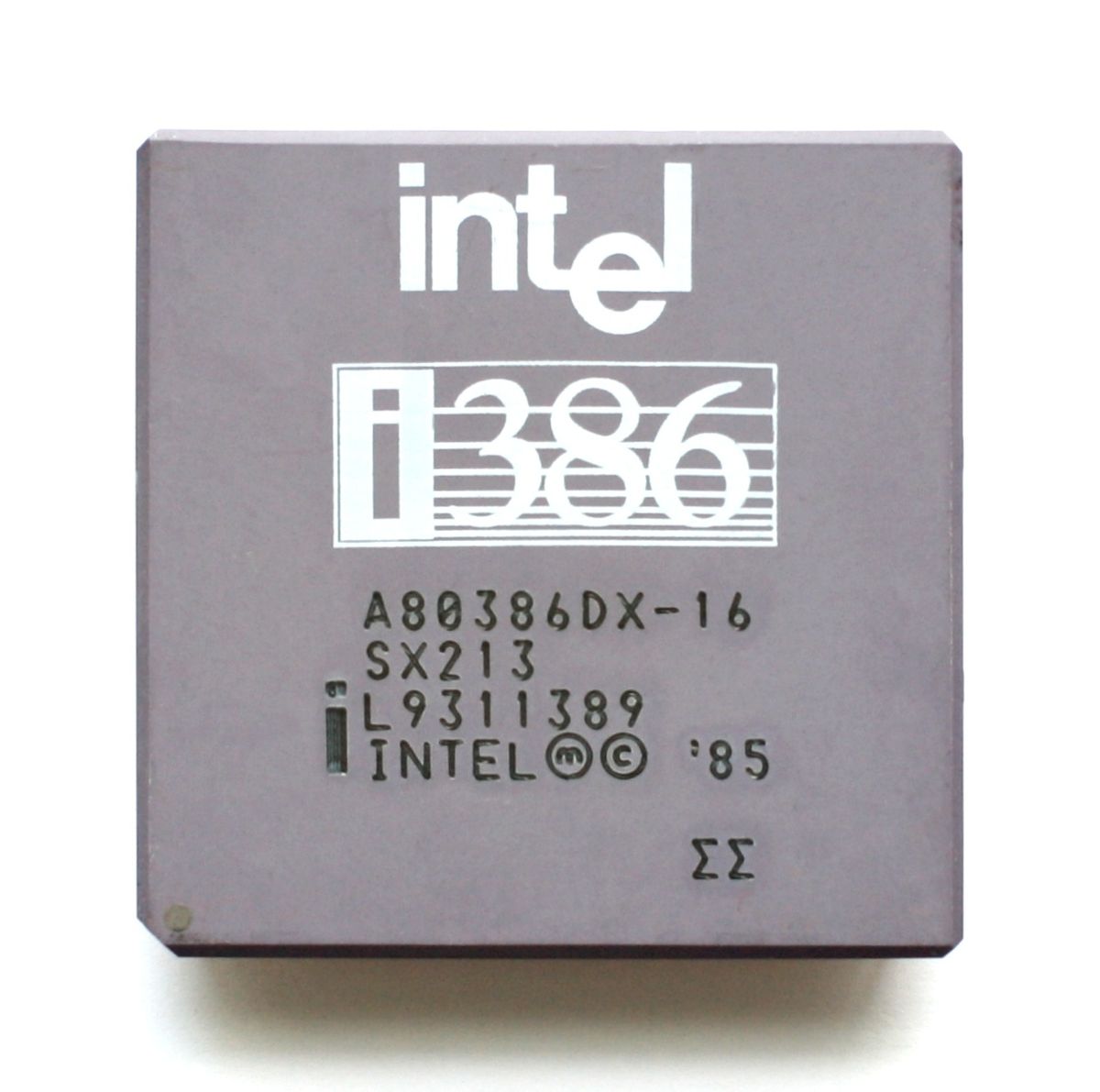EFI is so much better
GPT you mean. Linux can boot in a non-EFI machine that has GPT disk partitions… Windows can’t because it’s dumb.
Yes but by doing so you’re using the same principles as MBR boot. There’s still this coveted boot sector Windows will attempt to take back every time.
What’s nice about EFI in particular is that the motherboard loads the file from the ESP, and can load multiple of them and add them to its boot menu. Depending on the motherboard, even browse the ESP and manually go execute a .efi from it.
Which in turn makes it a lot less likely to have bootloader fuckups because you basically press F12 and pick GRUB/sd-boot and you’re back in. Previously the only fix would be boot USB and reinstall syslinux/GRUB.
I just had a bug on both of my EFI computers where they wouldn’t boot any more and a grub-install fixed it, apparently the regular update processes do not update the version on the ESP for some reason and my assumption is that it became incompatible with the modules in /boot
Adding an EFI Boot Entry for netboot.xyz after it happened on the first one really helped fix the second one though.
GPT is a partitioning table. EFI is a bootloader firmware interface.
MBR is also a partitioning table.
It is also a boot sector aka Master Boot Record.
Not in my experience… and apparently a lot of people that dual boot 🤷.
My main boot partitions are far from the 2TB threshold of MBR, I’m not that rich.
Yeah cause that’s the only benefit 🙄
I can’t see any other really 🤷.
Never wanted more than three partitions?
Actually, it’s 4… and on one drive 🤨? No. I’ve always used a max of 2 on a drive.
With a swap partition and a split home directory, suddenly you don’t have enough partitions to dual boot
Yes you do, you just use subvolumes.
Not sure if serious.
Ah yes, simplicity. MBR, with all its limitations had one killer feature: it was extremely simple.
UEFI, as powerful as it is, is the opposite of simple. Many moving parts, so many potential failure points. Unfortunately, it seems like modern software is just that: more complex and prone to failure.
I work in IT for many years and I think your last sentence is very true. And is also why the industry is so lucrative haha
Exactly why old devices are so hard to break - they’re incredibly simple.
To be honest, I see nothing wrong with MBR boot, it does the job, I’ll use it till I can or till it doesn’t do the job I want/need.
True, but… When MBR Grub drops to rescue or doesn’t appear at all, it’s not only difficult (at least for newbies) but somewhat random if you can actually boot a given OS. With EFI Grub, I’ve often managed to boot using BIOS boot override to launch a usable Grub configuration.
Actually grub 0.x series had much more useful rescue shell tab completion than the latest release. You could easily list all boot devices, partitions, and even filesystems and their contents. All from the rescue shell. Consequently, you could boot into Linux and reinstall grub in the MBR to fix it. All that without using a boot CD/USB! Good luck doing that with the latest version of grub and UEFI.
Also getting into the BIOS on legacy firmware was also very simple. On most machines it’s the three finger salute followed by either F1, Delete or rarely F11 or F12.
The boot process was simple, and the BIOS had just one simple task: load and execute the first 512 bytes of the disk that was designated as the boot device. That’s it.
Asus --> Del - Enter BIOS, F8 - Boot menu (very confusing since Windows also uses F8 for the recovery mode boot menu, so you have to press F8, then when the boot menu appears, chose the boot device, then have one hand on Enter and the other on F8 again, so that you hit Enter and start tapping like crazy on F8 to enter the rescue mode menu… annoying as hell)
GigaByte --> Del or F2 - Enter BIOS, F12 - Boot menu, Alt + F10 - Copy main BIOS to backup BIOS
MSI --> Del or F2 - Enter BIOS, F11 - Boot menu
ASRock --> Del or F2 - Enter BIOS, F11 or F10 - Boot menu
Biostar --> Del - Enter BIOS, F9 - Boot menu
Intel --> F2 - Enter BIOS, F10 or F12 - Boot menu
I used to remember some of the brand name PCs as well, but time has gotten the best of me 🤷.
The boot process was simple, and the BIOS had just one simple task: load and execute the first 512 bytes of the disk that was designated as the boot device. That’s it.
This is actually what I love about MBR nowadays. It’s simple enough so no one wants to mess with it and render the rig unbootable and obscure enough so no one (MS) actually checks if there is anything there that might trigger warnings (non-MS code).
You just fix grub with a live usb, it’s not that difficult.
“Not that difficult” but still more difficult than being able to boot without a separate live USB drive.
OK, I would agree with that.
I cant be the only person who noticed the Arch user dating a fury!?
I wouldnt go to bed either…oh yes “bootloader”.
If she called me to have sex… fuck the bootloader, there is always tomorrow.
No sex, only sleep.
I know, it was an alternative scenario 😁.
Can’t relate to be honest, I have a life and use Fedora
Was upgrading Devuan and something happened with grub-update, could be my btrfs subvol setup?
Anyway a rescue boot, chroot and grub-update later, and it’s running great again.
Start using and efistub and never worry about boot loaders again!
Naah I just disable secure boot altogether, then you don’t have to worry about all that TPM security theatre.
You don’t need secure boot to use EFI. It’s better all around regardless of SB.
Fair enough I don’t miss the old BIOS.
Im happy that I haven’t fucked up the bootloader so far. Don’t want to fix that shit too.
i prefer EFI, MBR breaks easily and dual booting with it is horrible
MBR is so easy to understand. UEFI, has so many things to understand EFI, ESP, MOK, signing procedures and signing chains, … it’s just so darn complicated.
Yep. Plus, the less the firmware knows what you’re booting, the better.
I once fucked up my grub.cfg, wrote over the part needed to unencrypt. Had no idea what had happened. Was a fun night :)
This was probably before you used BTRFS, right? RIGHT?!?
I don’t know much about btrfs, how would that help ?
No need to fix it, the bootloader is safely installed on a write-protected floppy disk
I just killed my desktop environment but the bootloader works.
That is good news actually.
I bout a new HDD and installed linux mint. Works fine except for two major things. Related to the post, I cannot get the bootloader to find windows 10 no matter what I do. I might try to swap the windows drive to sata slot 1 and see if that (a) still works for windows and (b) gets grub2 working. For now, I have to go into the BIOS and mess with the boot order there to switch.
The second problem, not related, is there doesn’t appear to be any fan control software that works for my MSI motherboard’s CPU fan (lmsensors doesn’t see any sensors related to it) so the fan constantly runs even when it’s fine in silent mode on windows with regard to temperature. I have trouble with certain sounds (and trouble hearing over background sounds in general) so this is actually more of a dealbreaker than the bootloader.
For now, I have to go into the BIOS and mess with the boot order there to switch.
Why not just use the BIOS boot menu?
The second problem, not related, is there doesn’t appear to be any fan control software that works for my MSI motherboard’s CPU fan (lmsensors doesn’t see any sensors related to it) so the fan constantly runs even when it’s fine in silent mode on windows with regard to temperature. I have trouble with certain sounds (and trouble hearing over background sounds in general) so this is actually more of a dealbreaker than the bootloader.
Try setting that from the BIOS, let the BIOS control the fan’s RPM, not the OS. You can even make a custom RPM curve on modern BIOSes.
MSI has a Windows utility to control the fans as desired. I don’t think there’s a BIOS boot menu, but I will check.
EDIT:
Fan curves are apparently in “Hardware Monitor” because that makes sense. Blah. I still have to tweak more, or maybe Linux is just running hotter on my machine, but improvement has happened.
I didn’t realize my BIOS could have a boot menu pop up because the splash screen disappears instantly. Problem solved. Thank you!
It shouldn’t run hotter. In fact, everyone reports lower lower temps in Linux than in Windows for the same loads, regardless of CPU architecture and age. Just means it needs more tweaking.
Thank you!
No prob 👍.
I’ve been struggling with the boot loader for four days now and now my laptop boot loops and I can’t even access my primary OS (still windows) and can only access Ubuntu via flash drive. So yeah this meme is too fucking on.
Chroot into the main Ubuntu partition from the live USB and update GRUB.
I had used Arch for years before and never once messed up my bootloader. What are yinz doing over there?
PA dripping off this comment














